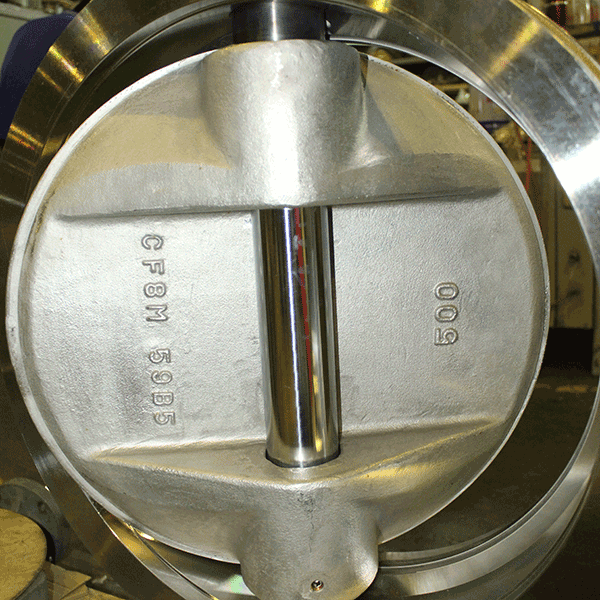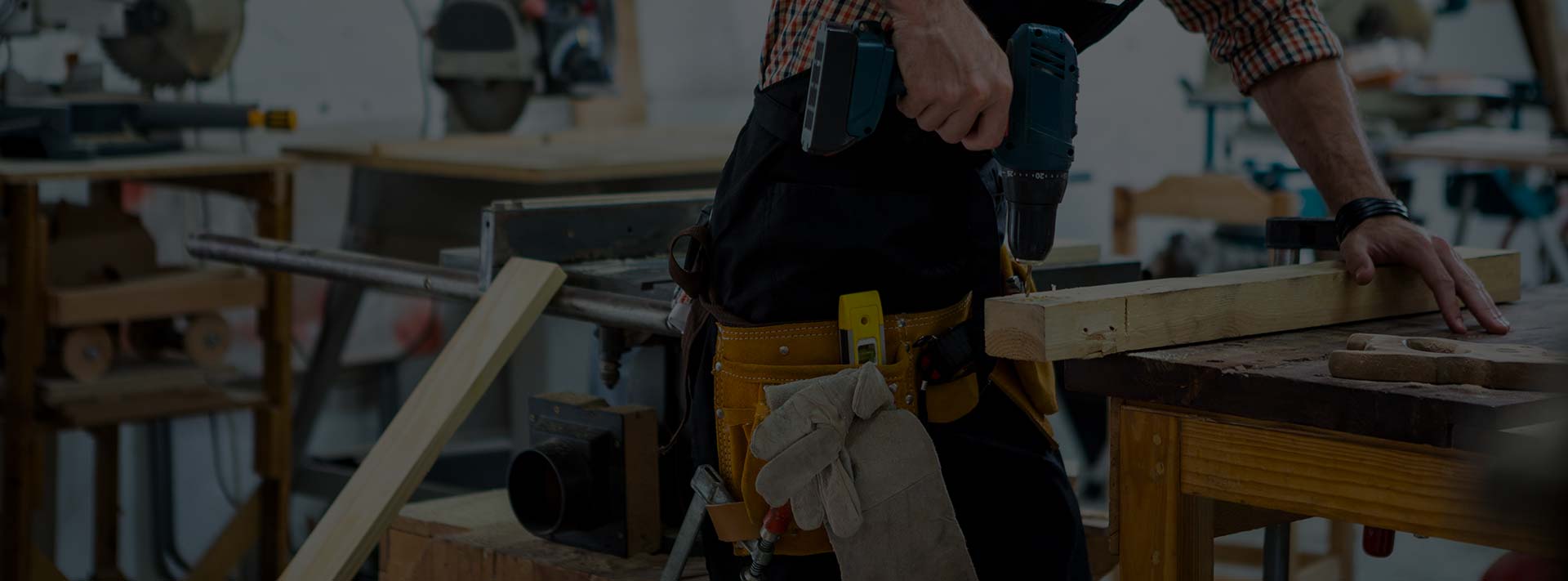
01 Oct High-Performance Butterfly Valves: What They’re Best Suited for
The Butterfly Valve
In simple words, a butterfly valve is a type of quarter turn valve used to regulate or stop the flow of liquids through a pipe. A quarter turn valve means that whenever the Operator is turned 90 degrees, the valve is either fully open or fully closed. A metal disc within the body of the valve is positioned perpendicular to the flow in a fully closed position.
A user then regulates the flow by intermediate rotations of the operator. Butterfly valves apply to a wide range of uses. They are used in all applications that can tolerate a disc in the flow stream. The valve can be operated by handles, gears or actuators, depending on the specific need. The valve is advantageous because of its small size that doesn’t take up much space, easier to turn, lightweight and lower cost compared to other valve designs.
Types of Butterfly Valves
There are two categories of butterfly valves, Centric or Rubber seated Butterfly valves (RSBFV), and Offset (HPBFV, TOV) High-Performance valves. A Centric valve has no offset in the body of the valve, has a Rubber seat and no stem packing adjustment. The sealing is accomplished by the interference fit between the disc and rubber seat at the stem penetration and along the disc edge.
It is limited to 200 psig and, and up to, but not at,400F. Design-wise, the stem has no offset (hence the name) and is located through the disc and the two are attached via taper pins in the flow stream, with split shafts top and bottom or through shafts with no pins or double shafts. The best incorporate a Bronze or SS bearing on the stem immediately above and below the disc.
The HPBFV’s come in different styles for different purposes. They have their discs arranged and positioned off the center of the pipe bore to decrease wear and tear to the valve as it operates and increased sealing ability. They are of two types depending on design and application; double-offset (HPBFV) and triple offset (TOV).
What are High-Performance Butterfly Valves?
A double offset butterfly valve is an HPBFV rated for ANSI (285 @ 100F or 100 psig @ 400F for 150# ANSI) rated applications. For this type of valve, the disc and stem are double offset, (set back behind the disc and to the side) causing the disc to rotate into place upon closure without significant seat contact. Different from an RSBFV, the stem is located behind the disc, which enables the disc to “rub” over the seat in the last 10% of travel, during the 90-degree rotation.
This seat usually is some type of Reinforced Teflon or for high temperatures above 450F, the seat can be metal, usually a hardened metal, like Stellite. The most user-friendly allow removal/replacement of the stem, disc, and seat without welding
The Triple Offset Butterfly valve, TOV, is another high-performance valve. It is designed like the double-offset, but an additional third offset which is added as the geometry of the seating surface. The seating surface creates a cone-shape of the seat and disc, which rotates into the seat with almost no contact between the sealing surfaces until it is fully closed.
This minimal contact between the disc and seat makes for an efficient sealing which in turn extends the life of the valve. The seat is typically a laminated, multilayer seat sandwich comprised of a hardened material like Stellite and layers of Graphite. This design allows contact between the disc and seat only in the last 2-3 degrees. The TOV is also ANSI rated with adjustable packing, but is good up to 1200F with a soft seat and is inherently API-607 Fire Safe, meaning it will seal when a fire (or much higher temperatures) is encountered and the seat (Graphite) is destroyed.
When to Use High-Performance Butterfly Valves
A HPBFV is a reliable valve for handling high temperature and high-pressure situations, and when superior adjustable stem packing is needed to control stem leakage or emissions. These are for temperatures of up to 1200 degrees F and pressures of up to 1440 psig(150-600# ANSI).
They are more expensive than the RSBFV’s, come standard with Carbon steel or Stainless Steel bodies (or special alloys like Duplex or Super Duplex SS). They can be operated by actuators, handles or gears and are used in fuel handling systems, chemical, petrochemical, and Offshore industries or when extremely long life is required. These valves are position seated via a stop in the body.
Both the HPBFV and the TOV are the best design is they are SIL-3 (Safety Integrity Level) rated. Valves rated only SIL-2 are 10X more likely to fail in a given application)
TOV’s are used in oil refineries, high-pressure steam and offshore applications where more extreme conditions exist, and a much higher reliable performance, and/or higher cycle life is required. The valves are commonly rated 150-900# ANSI (1500# ANSI available) class and are inherently API-607 Fire Safe with a soft seat. They are very reliable for extreme applications but are more expensive, even more than the double-offset butterfly valve.
The best incorporate the laminated seat in the body for protection from the flow stream and have a removable/replaceable stem, disc, and seat without welding. These valves are torque seated and cannot be over-torques unless you exceed the MAST strength of the stem. Typically the higher the torques applied, the better the seal. They are commonly used in steam, chemical, refining, and offshore oil and gas applications.


Sorry, the comment form is closed at this time.